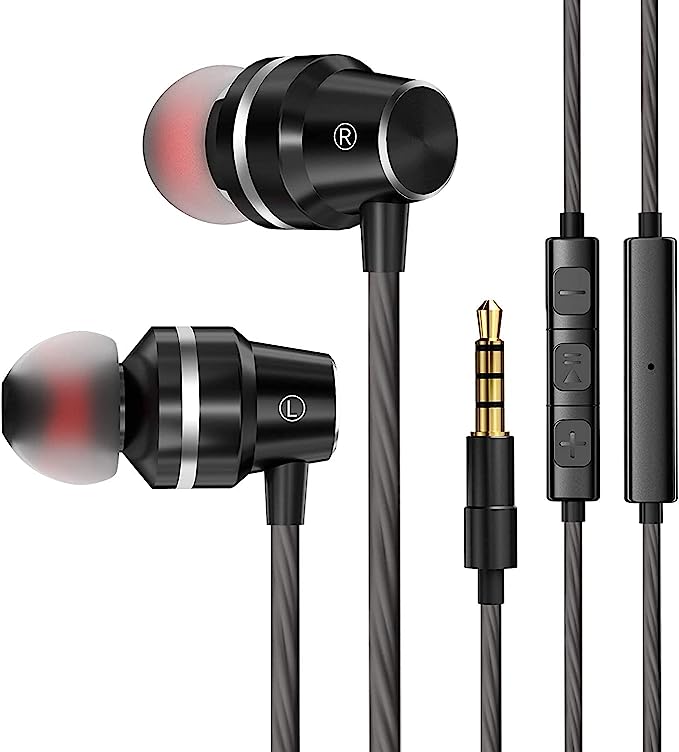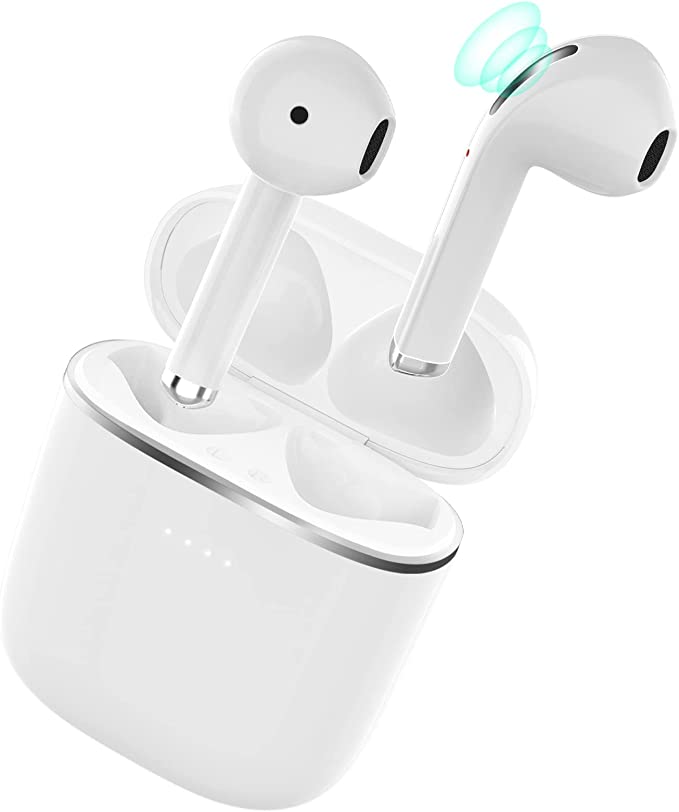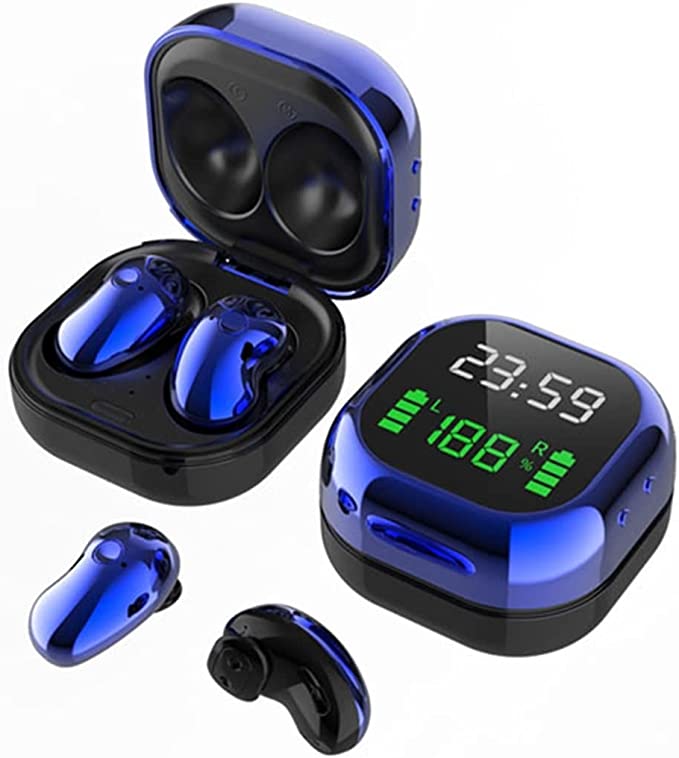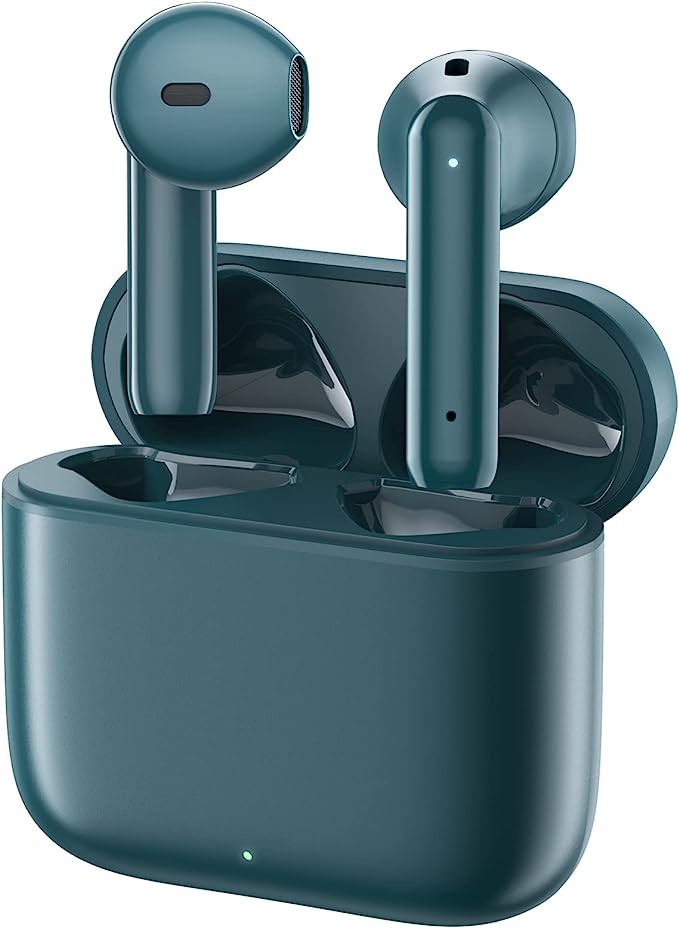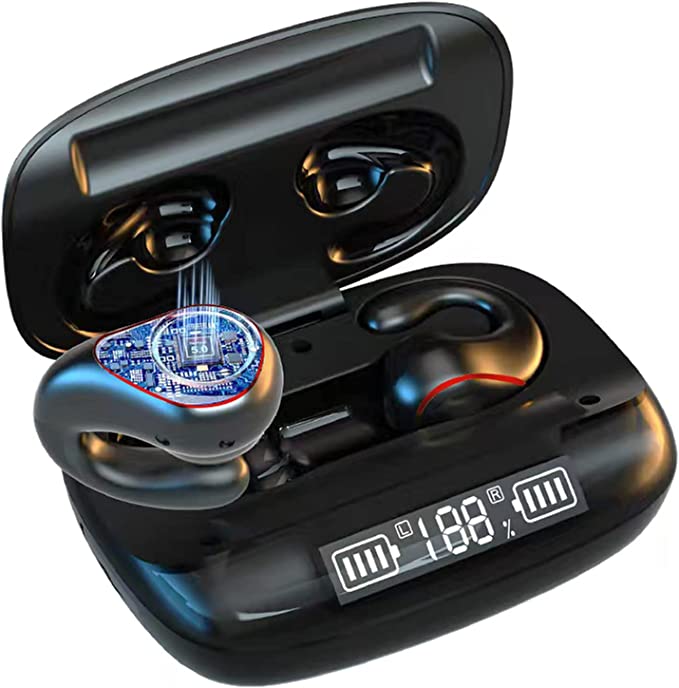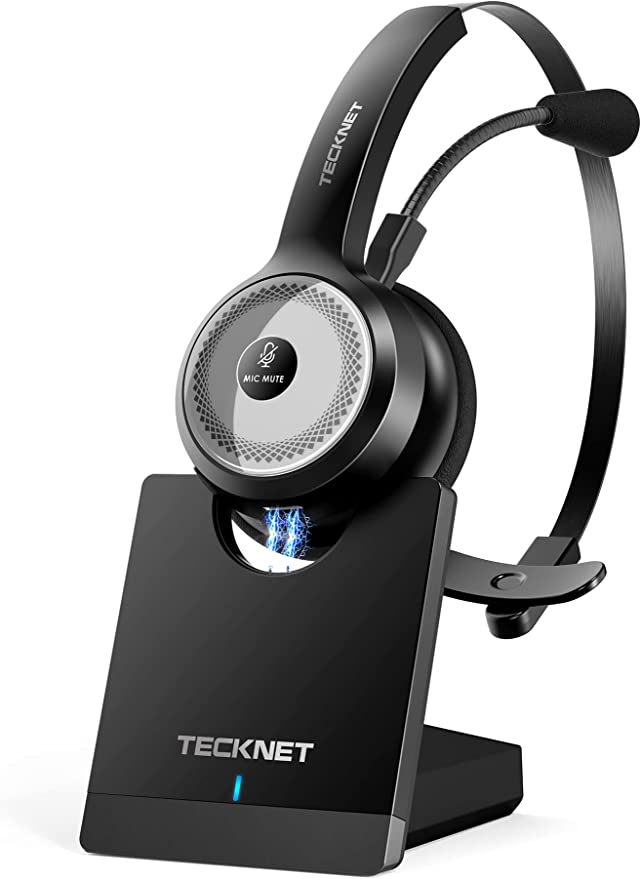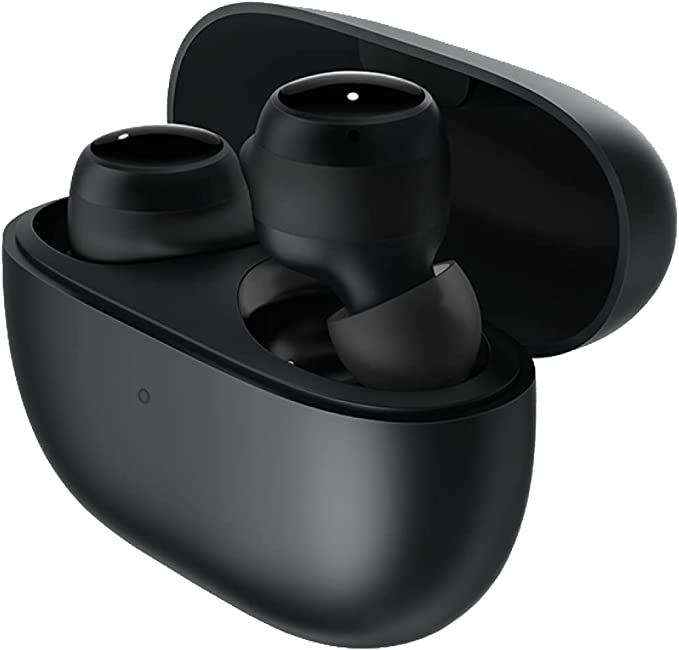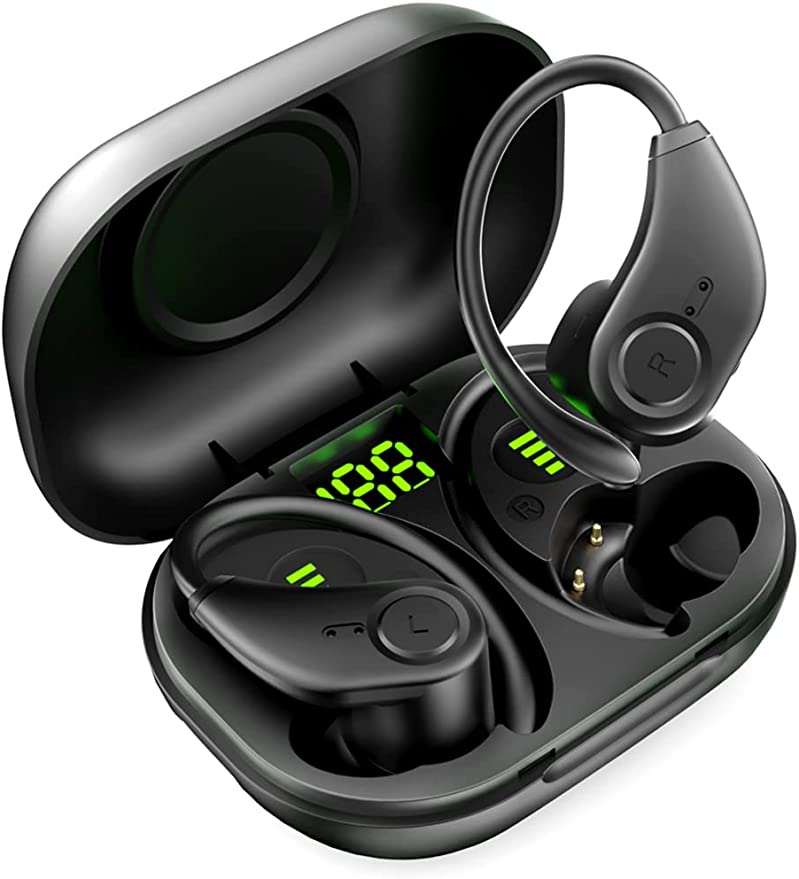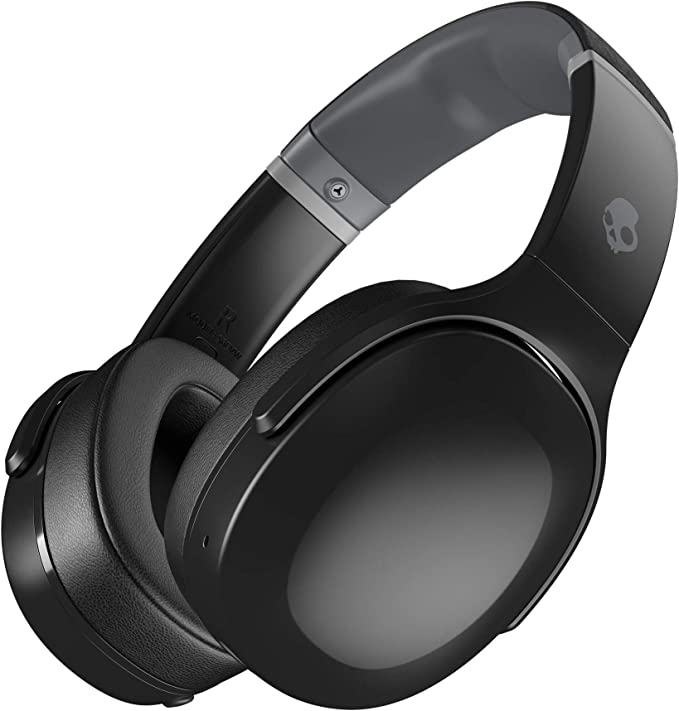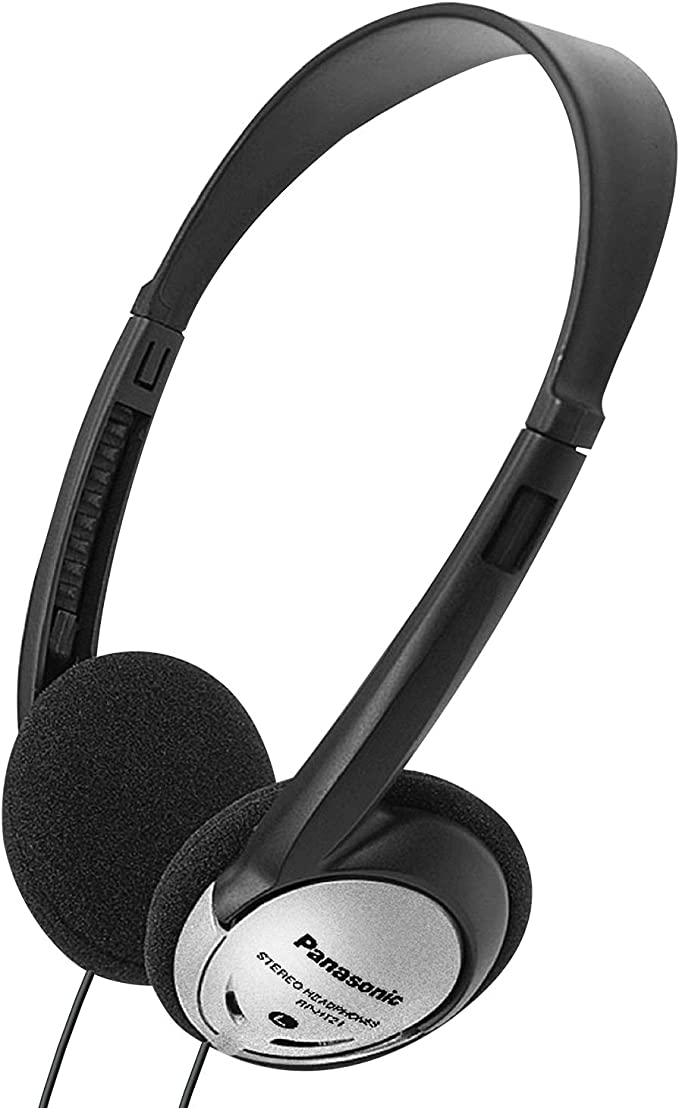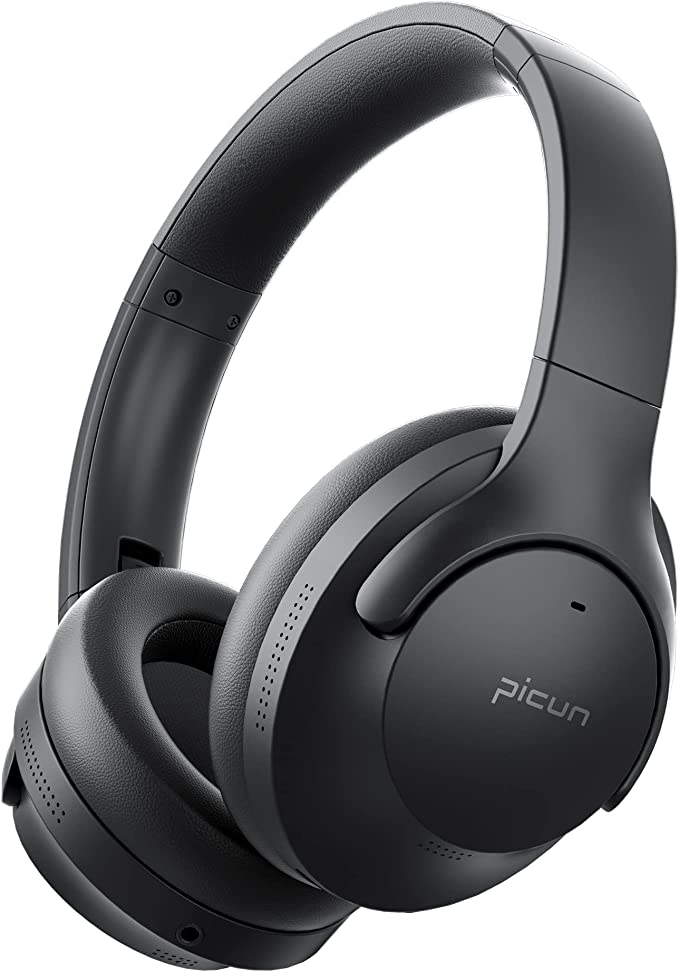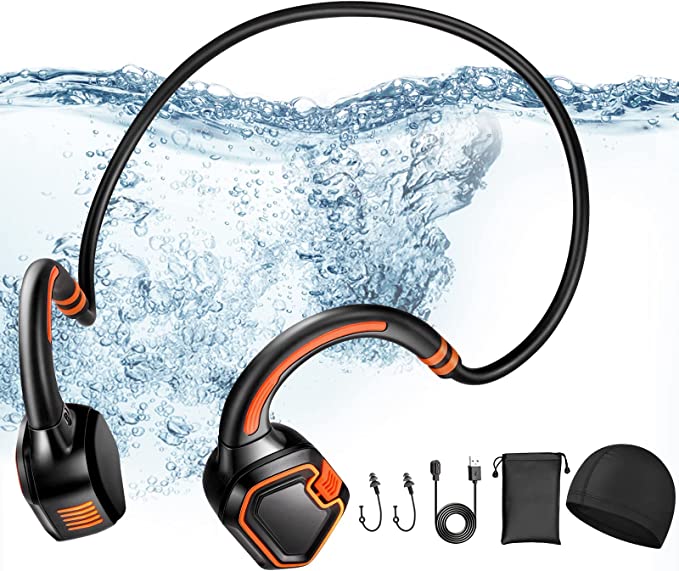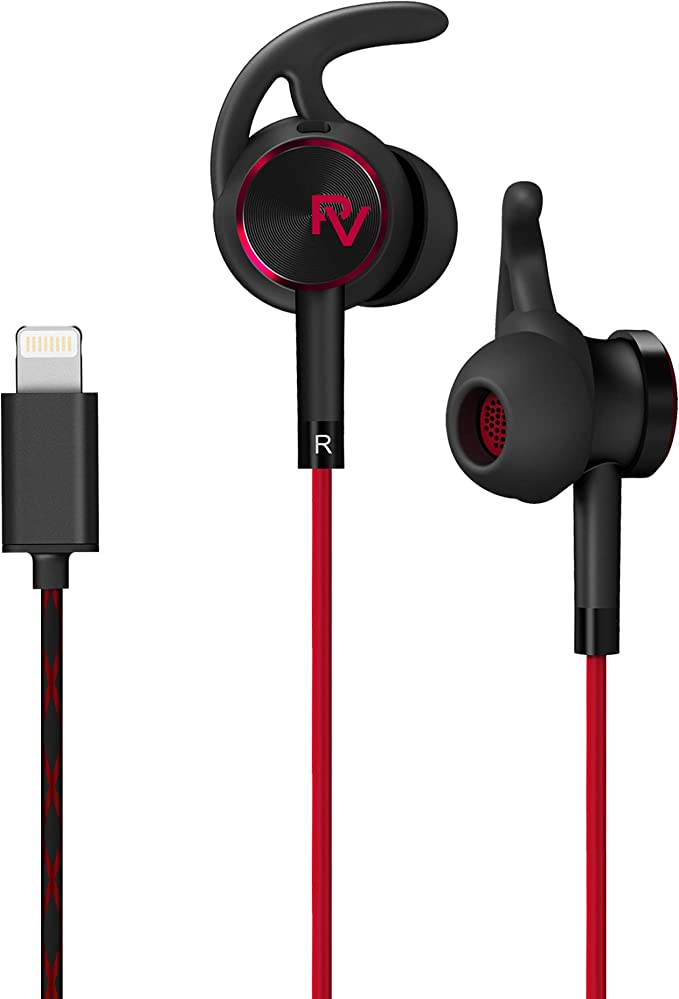Ikarao Break X2: Crystal-Clear Karaoke with Advanced Digital Sound Processing
Update on Sept. 24, 2025, 4:02 a.m.
You know the moment. The party is in full swing, someone hands you a microphone, and your favorite song kicks in. You take a deep breath, belt out the first line, and then you hear it—a hollow, booming echo of your own voice, a split-second late, chasing you through the song. Suddenly, you’re fighting a phantom duet partner. The music sounds thin, your voice gets lost in a muddy swamp of sound, and the dream of a rockstar moment dissolves into a cringe-worthy struggle.
Here’s a secret from someone who has spent years in recording studios: it’s probably not your fault. The reason most home karaoke setups sound so disappointingly amateurish isn’t a lack of vocal talent; it’s a battle against physics. And for decades, winning that battle required racks of expensive, complicated equipment.
Today, that’s changing. The solution is no longer a mountain of gear but a tiny, intelligent brain hidden inside modern audio devices. This is not a review of a single product, but an exploration of the quiet revolution that’s making it possible for anyone to sound good. We’re going to pull back the curtain on the science that’s fixing home karaoke, and we’ll use a device like the Ikarao Break X2 as our real-world case study to see how this magic is being packaged for your living room.
The hero of our story is a technology called Digital Signal Processing, or DSP.

The Sound Magician in the Box
Before we talk about DSP, let’s define the villains. The primary culprit in our karaoke nightmare is acoustic echo, where the microphone picks up the sound coming out of the speaker and plays it back again, creating that horrible, delayed repetition. It’s different from reverb, which is the pleasant, lingering sound you hear in a large hall; echo is a distinct, distracting copy. Add in ambient noise—the hum of the air conditioner, the chatter of the party—and a muddy mix where your voice and the music fight for the same sonic space, and you have a recipe for disaster.
In the old analog days, an audio engineer would fight these problems with a chain of physical devices: a noise gate to cut out hiss, a multi-band equalizer to carve out space for the vocals, and a feedback destroyer to hunt down and kill offending frequencies. It was an art form.
DSP takes that entire rack of gear and condenses it into a single, powerful microchip.
Think of a DSP chip as a brilliant, lightning-fast traffic cop for sound. When your voice enters the microphone, it’s first converted from an analog soundwave into a stream of digital information—a language the chip can understand. The DSP then performs millions of calculations per second on that stream, following a set of sophisticated instructions (algorithms) to clean, shape, and enhance the sound before converting it back to analog and sending it to the speaker. It all happens so fast, it feels instantaneous.
So, how does this “magician” actually slay our karaoke dragons?

Act I: Erasing the Ghostly Echo
The most impressive trick in the DSP’s arsenal is Acoustic Echo Cancellation (AEC). This isn’t just turning the volume down. The DSP is running an incredibly clever algorithm, something called an “adaptive filter.”
Imagine trying to erase a faint ghost from a photograph. First, you’d have to study the ghost’s exact shape and transparency. The adaptive filter does something similar with sound. It “listens” to the music being played out of the speaker and simultaneously listens to what the microphone is picking up. It knows what the original music looks like as a digital signal, so it can identify that signal within the microphone’s input. But the microphone is also picking up your voice and the echo of the music.
By constantly comparing the original signal to the microphone’s signal, the DSP learns the unique “acoustic fingerprint” of your room—how the sound bounces off the walls, ceiling, and furniture to create the echo. Once it has learned this fingerprint, it does something amazing: it generates an exact anti-echo signal, a mirror image that is perfectly out of phase. When the echo and the anti-echo meet, they cancel each other out, a phenomenon known as destructive interference.
Your voice passes through, untouched. The echo vanishes.
This is precisely what’s happening inside an all-in-one system like the Ikarao Break X2. Its integrated DSP chip is constantly performing this adaptive process, meaning you can stand right in front of the speaker and sing without that dreaded feedback loop. It removes the number one barrier to a confident performance.

Act II: Sculpting Sound from the Mud
With the echo gone, the next problem is clarity. Why does a voice often sound thin or get buried in the music? It’s because sound is composed of different frequencies, from low-end bass to high-end treble. Often, the singer’s voice and instruments in the backing track are competing for the same frequency range, creating a sonic mud.
Here, the DSP acts like a sound prism. Using a mathematical tool called a Fast Fourier Transform (FFT), it can take a complex sound and break it down into its constituent frequencies, much like a prism splits white light into a rainbow. Once the sound is broken down, the DSP can act as an intelligent Equalizer (EQ).
It can, for example, subtly scoop out a small notch in the music track around the 2-4 kHz range—a critical frequency band for vocal clarity—creating a perfect pocket for your voice to sit in. It can also reference principles of psychoacoustics, like the Fletcher-Munson curves, which describe how our ears perceive frequencies differently at various volumes. The DSP can automatically boost bass and treble at low volumes to make the sound feel full and balanced, preventing that “tinny” sound when the music is turned down.
The Real World: Where Genius Meets a Budget
So, if DSP is so powerful, why doesn’t every device sound perfect? This brings us to the fascinating reality of product design and the art of the trade-off.
Integrating a powerful speaker, two self-charging wireless microphones, and a 10.1” Android tablet into a single, portable box like the Ikarao Break X2 is an engineering marvel. It solves countless user-experience headaches. However, it also creates challenges. That built-in tablet is an embedded computer, with a processor (SoC) that has to handle everything: running the Android OS, rendering the user interface, streaming video from YouTube, and processing audio through the DSP.
This is where insightful reviews, like one from Aaron Parecki, become so valuable. He noted that while the machine is brilliant, its tablet performance can become choppy when outputting video to an external TV via HDMI.
This isn’t a simple “flaw”; it’s a textbook example of an engineering trade-off. To keep the device affordable and its battery life reasonable, the processor inside is chosen to be good enough for its primary tasks. Asking it to simultaneously run a complex app, process real-time audio, and drive a high-resolution external display can push it to its limits. A more powerful processor would solve the lag but would increase the cost, generate more heat, and consume more battery.
Understanding this doesn’t diminish the product; it deepens our appreciation for the complex balancing act that goes into creating accessible technology. It’s the difference between seeing a “bug” and seeing a deliberate design choice.
A Silent, Global Revolution
The magic of DSP isn’t confined to karaoke nights. It’s one of the most pervasive and underappreciated technologies of the modern era.
When you’re on a phone call in a noisy street, a DSP is working to isolate your voice from the traffic. When you put on a pair of noise-canceling headphones, a DSP is generating the anti-noise waves that create your bubble of silence. It’s what allows tiny smart speakers to hear your commands from across the room and what helps modern hearing aids distinguish speech from background noise.
Technology, at its best, should feel like magic. It should remove friction and frustration, allowing us to connect, create, and express ourselves more freely. The ugly truth of home karaoke was that for a long time, the technology itself was the friction. It forced us to become amateur audio engineers, fighting a losing battle against physics.
The rise of powerful, integrated DSP changes that. It democratizes good sound, putting the tools of a recording studio into a box that anyone can use. The next time you pick up a microphone at a party and your voice soars, clear and confident over the music, take a moment to thank the invisible sound magician inside the machine, working tirelessly to make sure the only thing you have to worry about is hitting the high notes.



